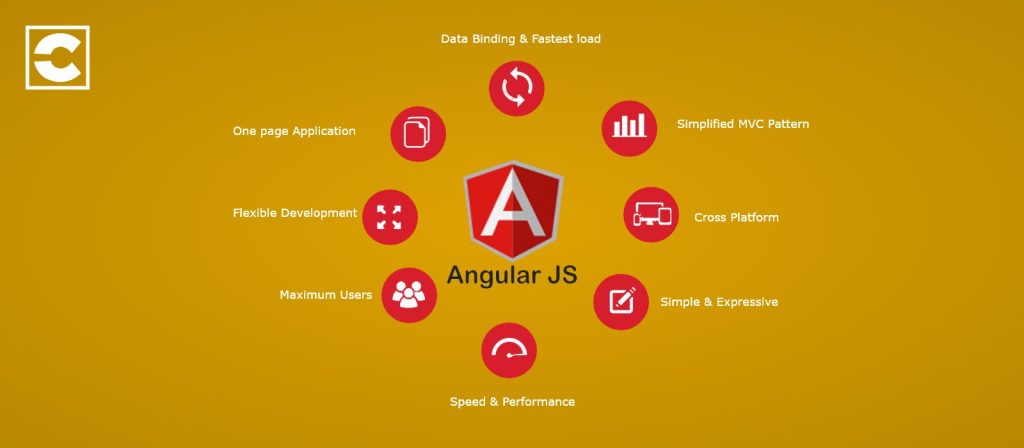Author
Troy Hulbert
Date
October 15, 2023
Category
E-Commerce App Development
The e-commerce market is expanding rapidly and countless purchases are made online by people on a daily basis. Everything began when the pandemic spurred an expanding surge in shopping app development. Using ecommerce applications to make purchases has become the most practical and popular method of buying. Everyone in the e-commerce sector suddenly realized they needed a responsive, client catering application, which sparked a growth in custom app development of shopping at the exact same time. Simply stocking up the many components of your store on an application is irrelevant in the age of new media. In actuality, the responsiveness of the application will be the first thing a customer notices when visiting your page rather than the assortment of options on the home screen.
When weighing the many components of a pleasant operating ecommerce application, a fantastic shopping application design and extensive usability matter a great deal. But before delving into those various variables, let’s first talk about how to create an attractive, attention-grabbing e-commerce application.
The process of creating a useful mobile e-commerce application involves seven steps. We shall address each point individually.

RESEARCH AND SETTING GOALS:
Goal-setting and research come first. Research is crucial to the development process and is by far the most important of the seven steps. One should never begin a procedure without first conducting thorough research on the industry they intend to enter. The same may be true for custom app development and their usage for e-commerce. You shouldn’t presume you know what clients want, which is the lesson to be learned from this whole debacle. Instead, you should base your choices on both quantitative and qualitative research. Your goal should be to comprehend the market as a whole, particularly the competitive environment and new trends. Set goals for your venture after conducting sufficient industry research. Some people struggle and falter in this phase. The following three queries can assist you in establishing your goals:
- What issues are you attempting to address?
- Who is the target market for the product?
- How can you tell if it is a success?
CHOICE OF DEVELOPMENT PLATFORM:
The most important lesson to be learned from this phase is to understand how your organization operates before choosing what technology to employ for custom apps development for shopping. Always be careful to keep an eye on the capital investment, inventories and to choose a scalable framework, database and content management system (CMS). It would be much simpler for you to choose whether to launch an Android app, an iOS app, or both if you had this information at your disposal. It should go without saying that you should focus on the mobile platforms that your target customers use and you’ll only have exposure to this information if you’ve done enough research.
For instance, you should consider the following when developing an e-commerce app:
- Programming Language
- App Development Tools
- UI Frameworks
The sole difference between Android and iOS apps in terms of these three crucial elements is the titles.
- While choosing a programming language you may need to take into account Java or Kotlin for Android applications and Objective-C or Swift for iOS applications.
- The application development tools for iOS and Android applications are Xcode or Appcode and Android studio, correspondingly.
- Only names distinguish the UI frameworks from one another and hence SwiftUI is used for iOS applications while Jetpack Compose is used for Android ones.
Additionally, cross-platform applications can be created to run on both iOS and Android mobile devices. You may need Xamarin, Flutter and React Native as tools. If you are acquainted with JavaScript, you can use React Native. Similarly you would require proficiency in the dart programming language for Flutter and C# for Xamarin.
ESTABLISHMENT OF APPLICATION FEATURES:
By now, you should have a better understanding of the issues your application and business have to address and the features that can please the end customers because you already have user input, expert opinions and trends at your disposal. You can make use of well-known prioritization frameworks and methodologies to assist you in determining which application feature should be prioritized first.
Want a tip? Pitch in your team members’ feedback. Make them contribute ideas during the exciting phase of brainstorming for product features. Weighing a number of elements is necessary to determine which application feature ranks highest and which is sent to the back of the line. You may need statistics from user reviews, professional judgments, trends and the urge to outperform your rivals.
CREATION OF USER-INTERFACE:
The user experience in ecommerce apps requires going beyond traditional in-store shopping and UI design is a chance to differentiate yourself. Your brand’s voice and identity should be expressed through design to your target audience. Customers are left with a lasting impression of your business when you use appealing color schemes, eye-catching graphics and seamless page transitions. You can draw ideas from a broad range of websites and custom app development.
You can achieve greater long-term results with a solid UI/UX design. It can increase lead generation and customer loyalty and retention. Better revenues for your business follow from this. With a great UI your clients will be able to easily navigate around your website. The customer will be then satisfied with your application’s services as a result. Customers that are happy with your app will always tell others about it. As a result, there will be more customers and it will become a cycle. Additionally, customers will develop a loyalty to your brand and buy from you again, boosting the return on investment for your company.
FORMATION OF A MVP:
Recall the pointer where we discussed the product aspects that ought to come first? You should concentrate on the most important elements of your ecommerce software at the MVP stage. Instead of launching a finished product right immediately, we suggest doing ongoing product evaluations that spur additional improvements. You may be unclear as to what an MVP stage is. Prior to developing a product with additional features, a minimum viable product (MVP) is a new product release (or a significant new feature) that is used to confirm consumer needs and wants. An MVP only has the essential features needed to be a workable client solution in order to shorten development time and effort.
COLLECTION OF RELEVANT FEEDBACK:
The next step would be to start getting user input as soon as the MVP is made available. Checking user interaction with your application, gathering user input and looking for potential changes are all part of the process. The gathering of user feedback is important when creating e-commerce applications and custom app development since it enables you to determine what appeals to and what repels your target market. You may let your customers know that you appreciate their feedback by asking for it. They become more invested in your business as a result of your efforts to involve them in its development. You can establish more solid communication with someone by listening to their opinion.
GET, SET, REPEAT!
Iterating comes last but not least. The best names in ecommerce app development will show us that design is never stagnant. A company cannot afford to be static in the rapidly changing digital environment or it will inevitably fail.
After all of this discussion, the expense would be the last topic to cover. Any company must evaluate their budget, manage their spending and decide whether the risk is worth the reward at this level. It is difficult to give you precise estimates when it comes to developing mobile ecommerce apps or hiring mobile app design company. First, everything is based on the specifications. For instance, the quantity of features, mobile platforms, the intricacy of the UI/UX design, etc. Second, the price varies according to where a software development company is situated. In contrast, app designer hourly fees in the US and Canada start at $150, whereas in Europe, they might range from $50 to $100.



